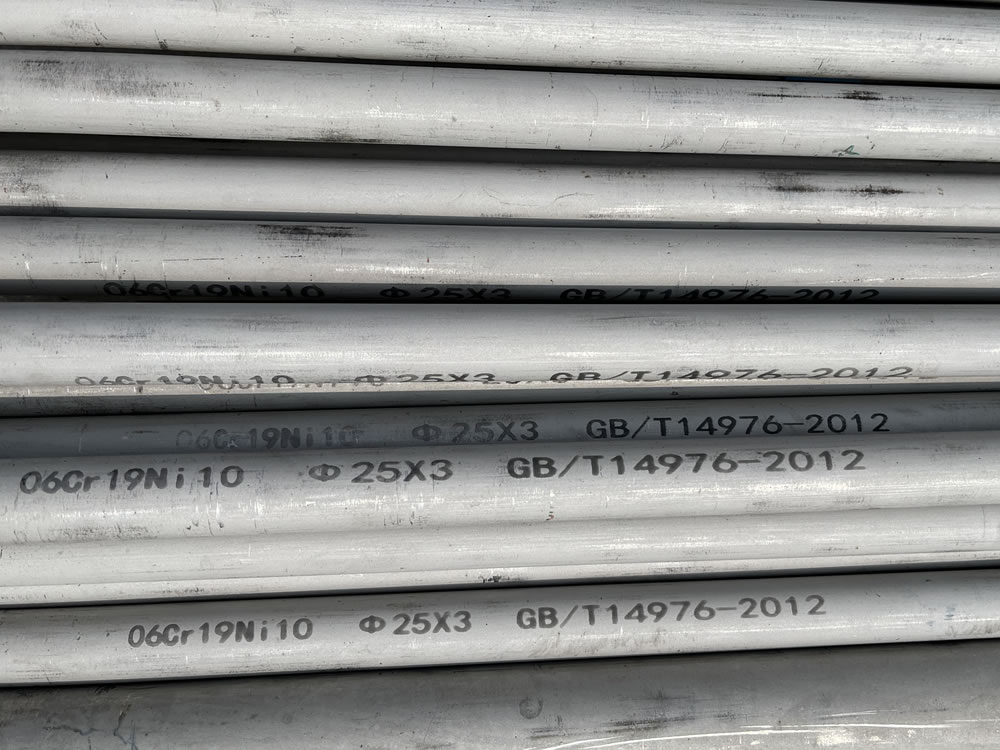
06Cr19Ni10 stainless steel is a grade of stainless steel produced in accordance with the American ASTM standard.
06Cr19Ni10 is the most widely used stainless steel and heat-resistant steel. Used in food production equipment, general chemical equipment, nuclear energy, etc.
The chemical composition of 06Cr19Ni10/304 stainless steel is as follows:
| Element | Content (%) |
|---|---|
| Carbon (C) | 0.08 |
| Silicon (Si) | 1.00 |
| Manganese (Mn) | 2.00 |
| Phosphorus (P) | 0.045 |
| Sulfur (S) | 0.030 |
| Nickel (Ni) | 8.00 - 11.00 |
| Chromium (Cr) | 18.00 - 20.00 |
06Cr19Ni10/304 stainless steel is an austenitic stainless steel, which means it has a high degree of corrosion resistance and excellent mechanical properties. It is non-magnetic and has good formability, weldability, and toughness.
This stainless steel grade is widely used in various applications, including:
304 stainless steel (06Cr19Ni10) is one of the most commonly used stainless steel grades and is often compared to other grades. Here are a few comparisons:
304 stainless steel pipe and 06Cr19Ni10 stainless steel pipe share similar chemical compositions and are both high-alloy steels with excellent corrosion resistance. In fact, 06Cr19Ni10 is the old designation for 304 stainless steel, and they can be considered as the same material.
Specifically, the chemical composition of 06Cr19Ni10 (0Cr18Ni9) includes: carbon content less than 0.08%, silicon content not exceeding 1.00%, manganese content not exceeding 2.00%, phosphorus content not exceeding 0.045%, sulfur content not exceeding 0.030%, nickel content ranging from 8.00% to 11.00%, and chromium content ranging from 18.00% to 20.00%. This type of stainless steel is commonly used in manufacturing equipment and components requiring excellent comprehensive performance, including corrosion resistance and formability. It possesses good corrosion resistance, heat resistance, low-temperature strength, and mechanical properties. It is resistant to corrosion in atmospheric environments, but requires regular cleaning in industrial environments or heavily polluted areas to prevent corrosion. It is suitable for applications in food processing, storage, and transportation, with good processing and welding properties. Common applications include plate heat exchangers, corrugated pipes, household items, building materials, as well as chemical and food industries.
The allowable operating temperature range is from -196°C to 800°C.
06Cr19Ni10 is a grade of stainless steel that is commonly referred to as 304 stainless steel. This steel is a versatile and widely used material known for its corrosion resistance, excellent formability, and durability.
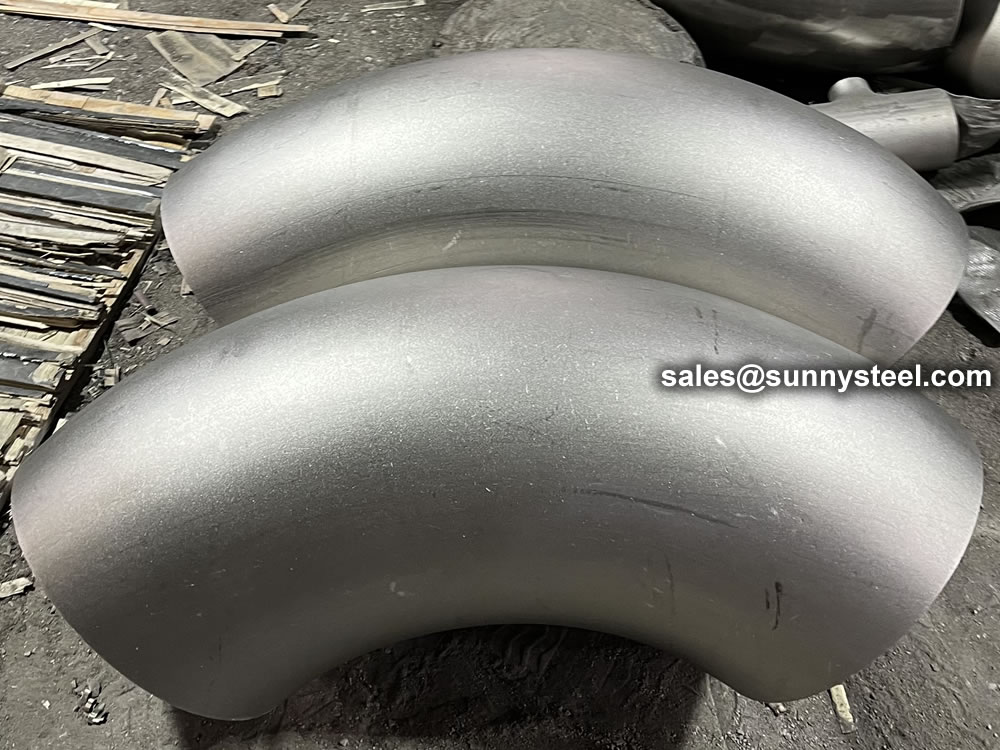
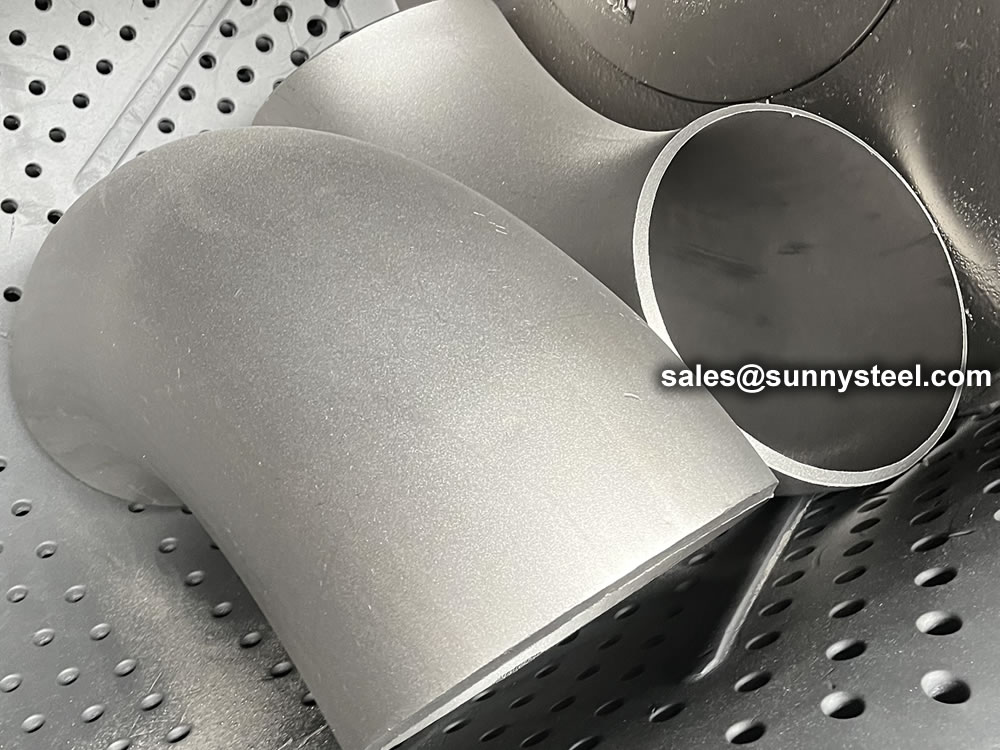
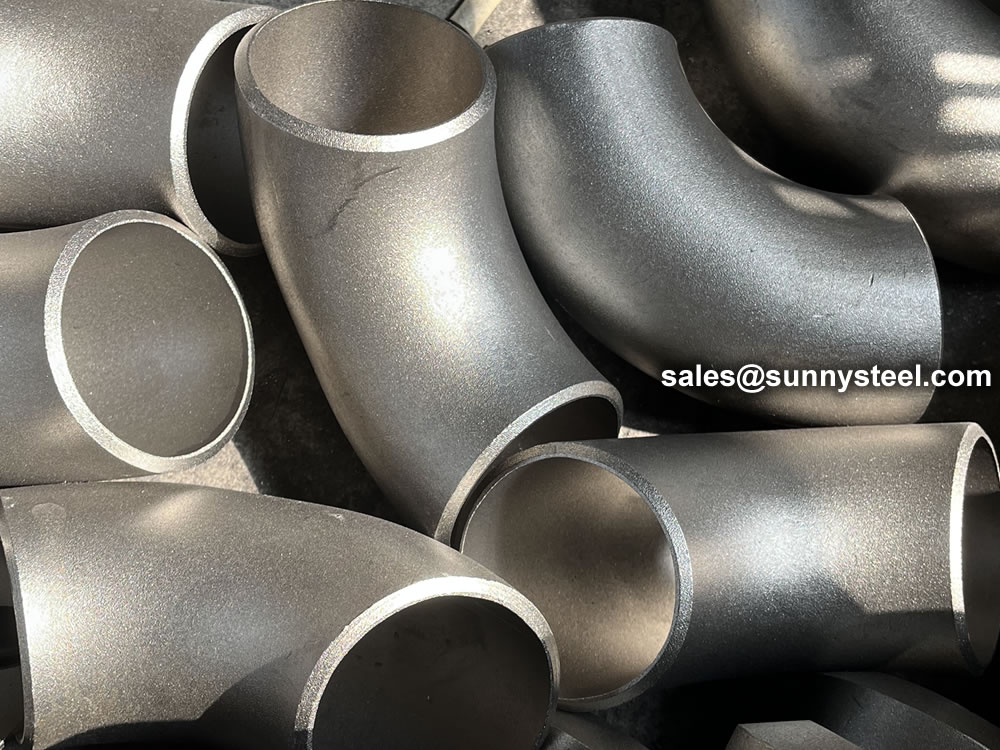
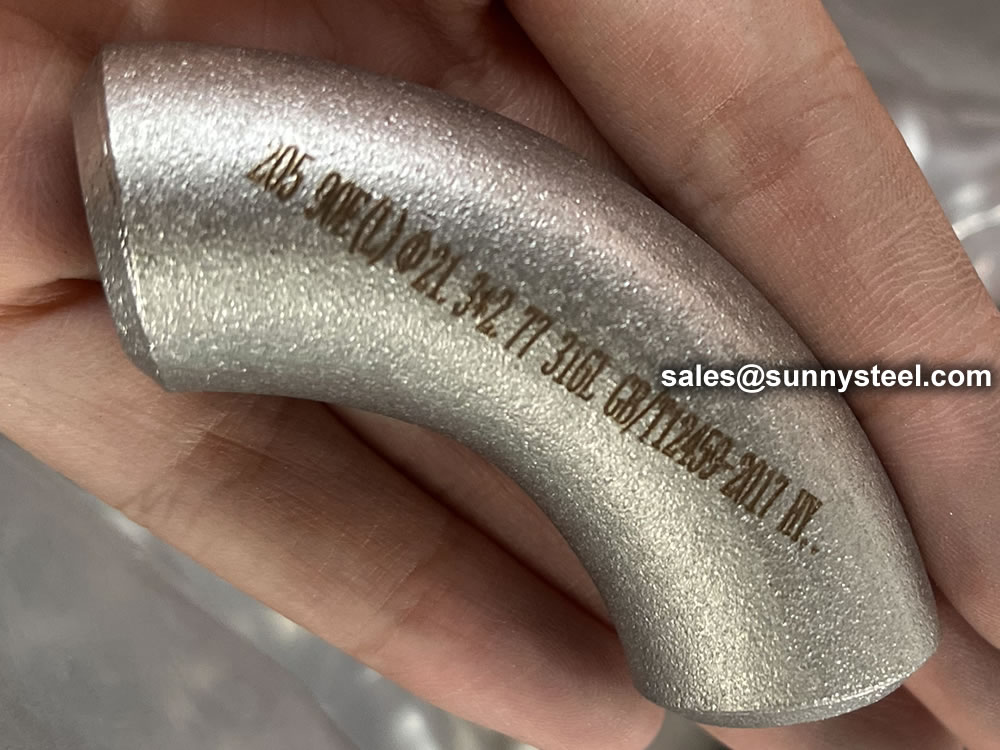
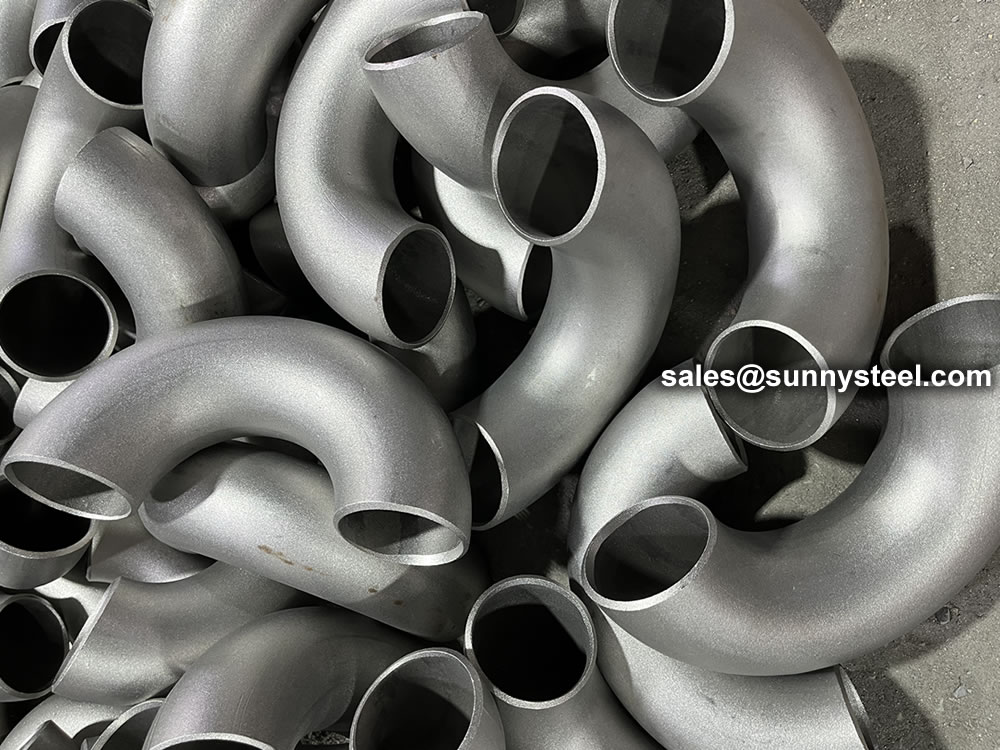
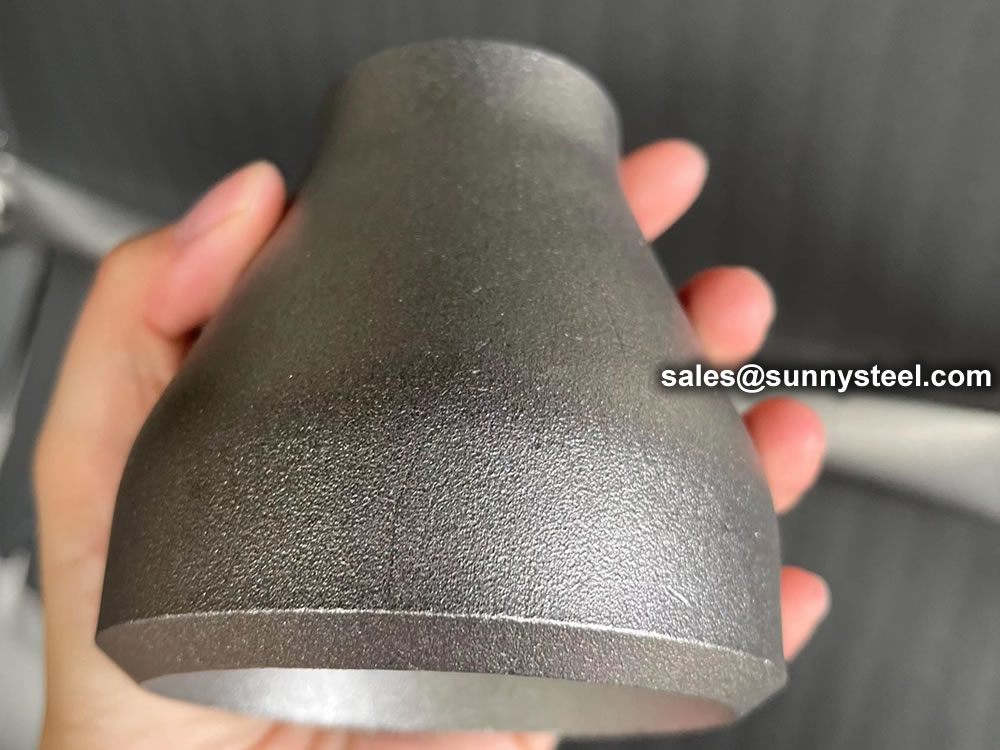
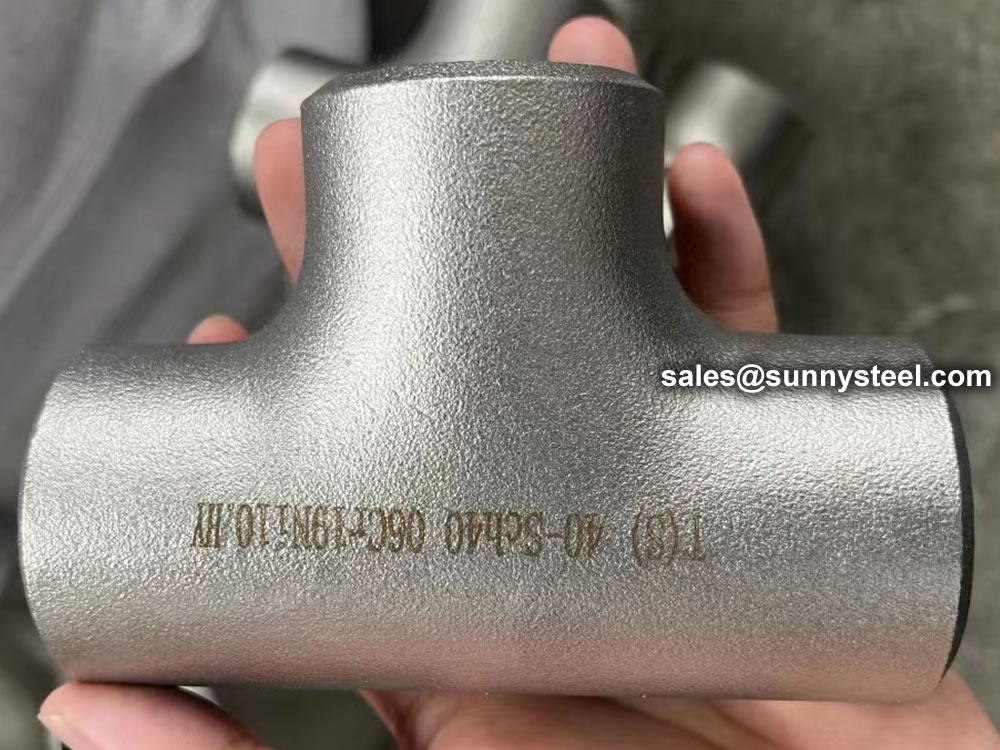
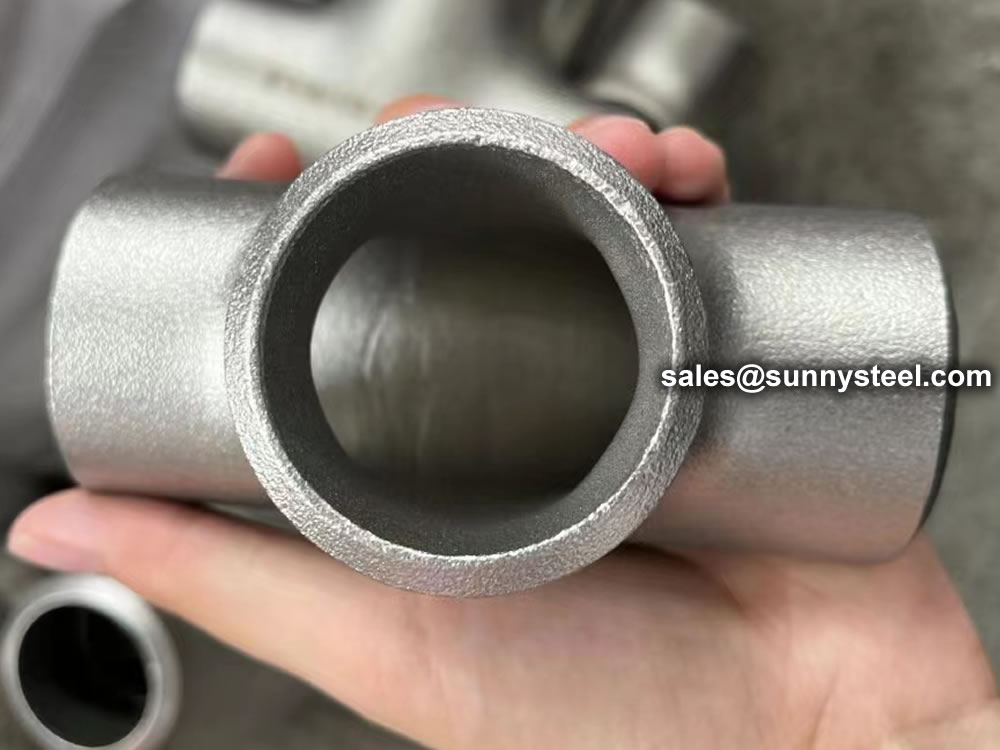
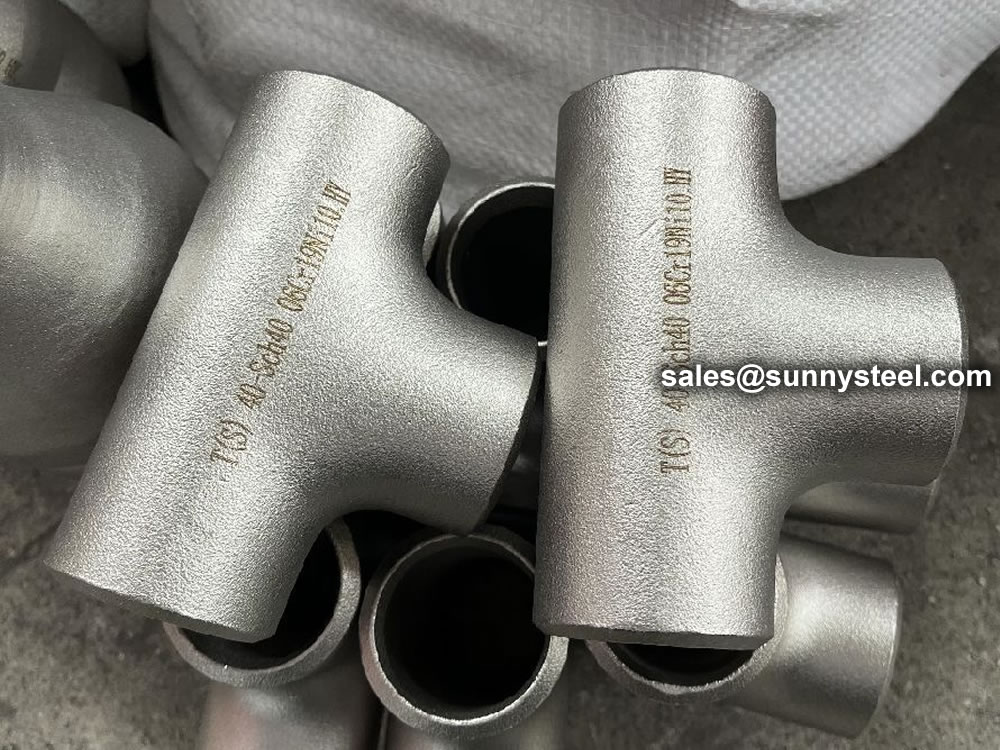
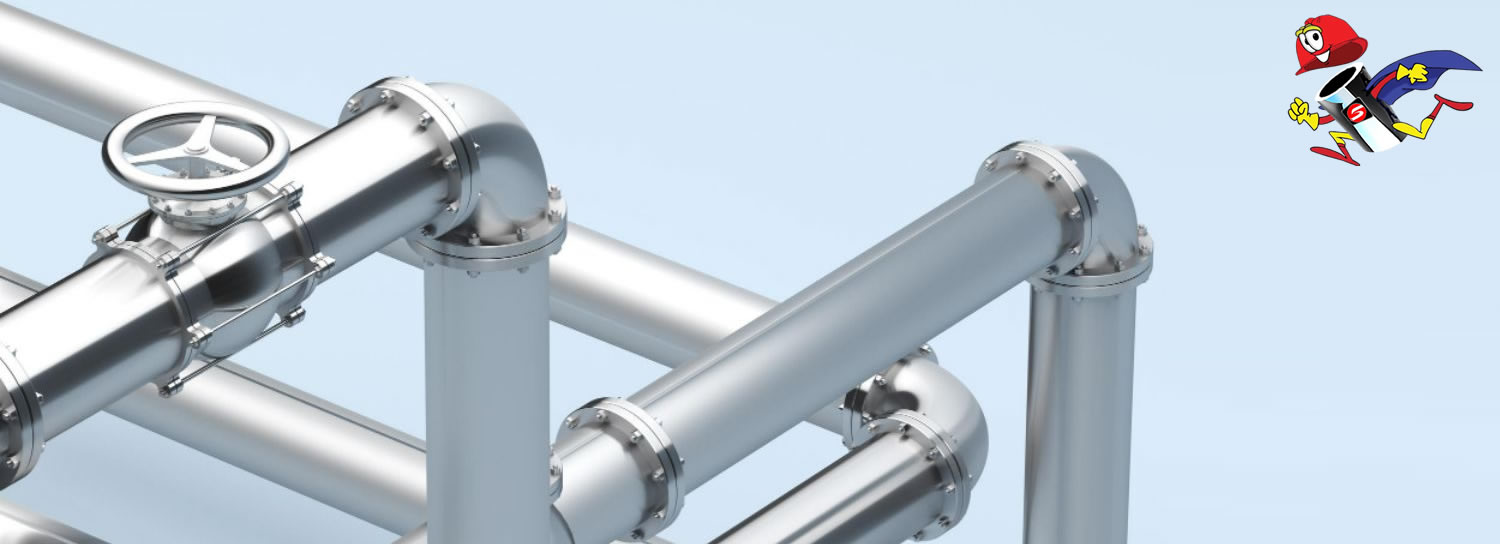
06Cr19Ni10 stainless steel is widely used in the production of kitchen appliances, food processing equipment, and utensils due to its hygienic properties.
Its aesthetic appeal makes it a popular choice for architectural features, such as handrails, cladding, and decorative elements.
Its resistance to corrosive substances makes it suitable for chemical processing equipment, including tanks, pipes, and valves.
The non-reactive nature of 06Cr19Ni10 stainless steel makes it valuable for medical and pharmaceutical applications, including surgical instruments and equipment.
Many automotive parts, such as exhaust systems and trim, are made from this stainless steel grade due to its resistance to environmental factors.
It is used in various industrial and structural applications, including beams, frames, and support structures.
In offshore and onshore installations, this stainless steel is used in pipes, valves, and other equipment due to its corrosion resistance.

When you partner with Sunny Steel, you can stop worrying about meeting deadlines thanks to our responsive and timely service. You'll also say goodbye to unnecessary shopping around. Instead, you'll get white glove service from an expert who understands your needs and can get you the materials you need quickly.
